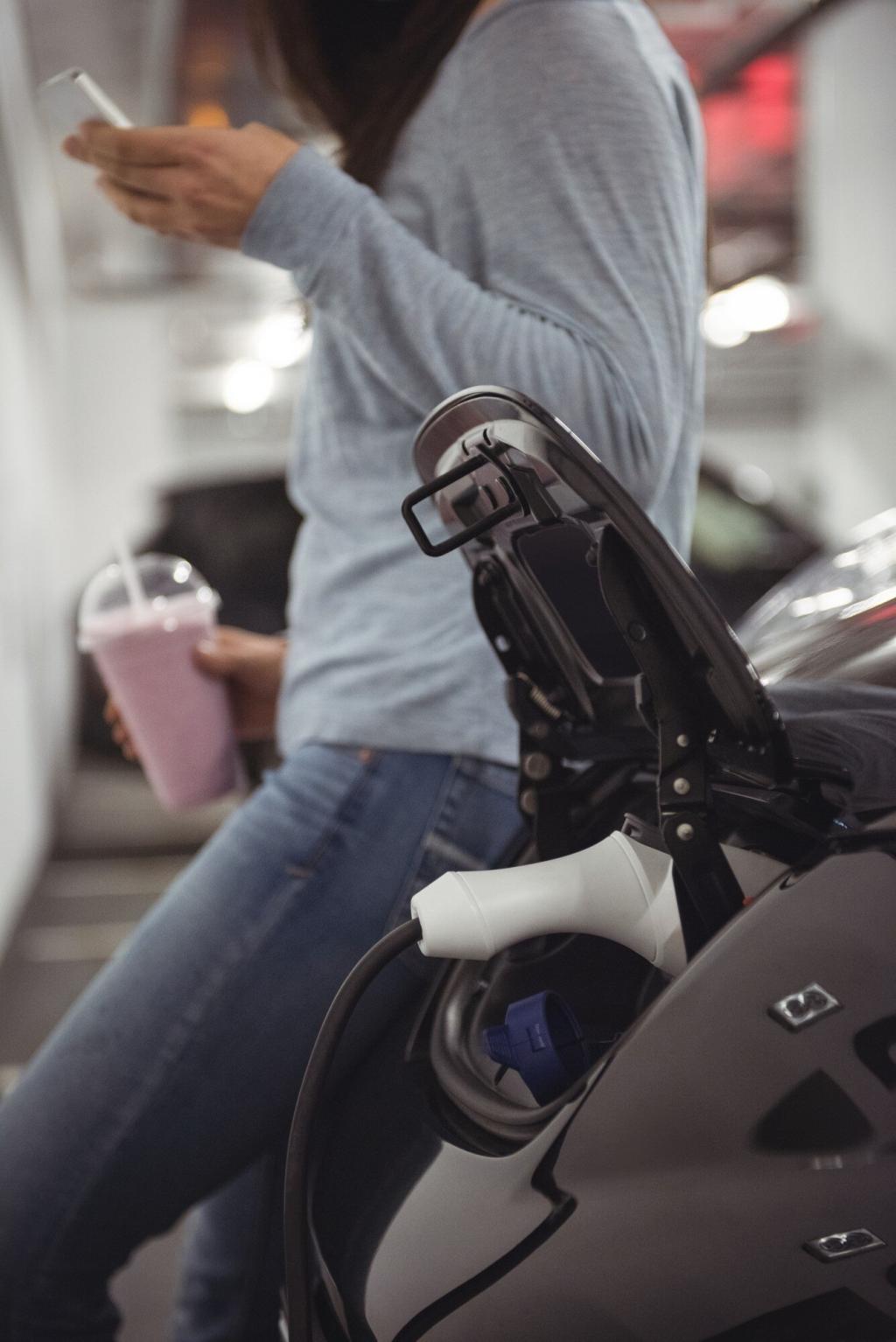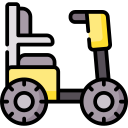
Keep Rolling: Tire Care for Electric Scooters
Selected theme: Tire Care for Electric Scooters. Welcome to a smooth, confident ride—every day. Learn how to protect grip, extend lifespan, and avoid on-the-go tire drama with practical tips, real stories, and habits that keep your scooter—and your routine—moving forward.
Know Your Tire: Building Confidence from the Rubber Up
Pneumatic vs. Solid: What Your Commute Demands
Pneumatic (air-filled) tires cushion bumps and provide superior grip, but require pressure checks and puncture care. Solid tires resist flats but ride firmer and can slip on wet paint. Match your terrain, weight, and weather to the right tire choice for dependable performance.
PSI, Temperature, and Rider Weight
Ideal PSI changes with temperature, load, and tire volume. Heavier riders often benefit from slightly higher pressure for stability, while cold mornings lower PSI. Check before you ride, not after, and use your manufacturer’s range as a baseline, then fine-tune for comfort and control.
A Quick Story from the Bike Lane
Maya, a daily commuter, stopped midweek to top up her tires after a rainy snap. That five-minute habit prevented a pinch flat and sharpened braking on her Friday rush. Share your pre-ride routine in the comments and help another rider dodge their next roadside repair.
The Weekly Inspection Ritual
Look for a healthy tread pattern across the full width of the tire. Bald centers suggest overinflation, while worn shoulders can hint at low pressure or aggressive cornering. If tread depth feels questionable, measure it and snap a photo to track changes over the next month.

Portable Pump: Your Everyday MVP
Choose a compact pump with a secure locking head that fits your valve type—Schrader or Presta. A short hose reduces stress on stems. Practice inflating at home so you can do it confidently curbside. Put the pump in your bag beside lights and a rain shell for easy access.
Digital Gauge for Honest Numbers
Built-in pump gauges can lie, especially on tiny volumes. A handheld digital gauge gives repeatable readings, letting you dial pressure within one PSI. Record your sweet spot in a notes app and check monthly against seasonal shifts, because summer heat and winter chill change everything.
CO2 Cartridges: Quick, Not Always Precise
CO2 is brilliant for roadside emergencies but bleeds out faster than air, so top off with a pump later. Practice safe threading and keep fingers clear to avoid frostbite. If you ride long routes, pack two cartridges and a backup mini pump to cover multiple unexpected stops.
Puncture Prevention and Smart Repairs
Tubeless setups love sealant, and tubes can benefit too. Measure carefully, refresh every few months, and spin the wheel to distribute. It will not fix big sidewall cuts, but it can quietly stop a thorn leak mid-ride. Tell us which brand saved your day and why it worked.
Puncture Prevention and Smart Repairs
When you hear the telltale hiss, stop safely, rotate the hole downward, and insert a bacon-strip plug. Trim the excess flush and reinflate. Many riders report finishing commutes on a plugged tire without drama. Practice at home once so your hands remember the steps under pressure.


Ride Habits That Protect Your Tires
Avoid sudden inputs. Ease into corners, keep body weight relaxed, and brake progressively before the apex. This preserves rubber and keeps the contact patch happy. You will feel the scooter settle instead of chatter, especially on rough pavement or paint stripes after a summer storm.

Storage and Seasonal Care
Store indoors, away from direct sunlight and heat sources. Inflate to the middle of your recommended range to avoid flat spots. If hanging, use wide hooks to support the rim, not the tire. Every few weeks, roll the wheels to change the resting patch and keep the carcass supple.
Storage and Seasonal Care
Pair charging with a quick PSI check. As temperatures rise after charging indoors, your pressure can change slightly. Make both tasks a single habit so you leave home with consistent range and predictable handling. Comment with your checklist to help newcomers build reliable routines.
Storage and Seasonal Care
Use mild soap, water, and a soft brush to lift grit that slowly saws through rubber. Avoid petroleum solvents that dry sidewalls. Rinse carefully around bearings. Dry with a microfiber towel and look for tiny cuts revealed by clean surfaces—spot them now, not during tomorrow’s commute.
When to Replace and How to Choose the Next Tire
Reading Sidewall Codes
Learn width, diameter, load, and pressure information printed on the sidewall. Match bead type and rim compatibility, especially with tubeless-ready rims. Take a photo before ordering so you do not guess. If stuck, ask the community below—someone has that exact tire on your model.
Signals It Is Time
Exposed casing, frequent flats, stubborn slow leaks, or a squared center tread all point to replacement. If wet braking feels longer or the scooter hums at speed, the rubber may be hardened. Retiring a tired tire is cheaper than an ambulance—trust your senses and do not delay.
Install with Care: Beads, Torque, and Alignment
Seat beads evenly, align tread arrows with rotation, and tighten axle hardware to spec in a cross pattern. Spin the wheel to check for wobble. After a short shakedown ride, recheck torque and PSI. Share your first-install lessons so others skip the frustrating, finger-pinching mistakes.

